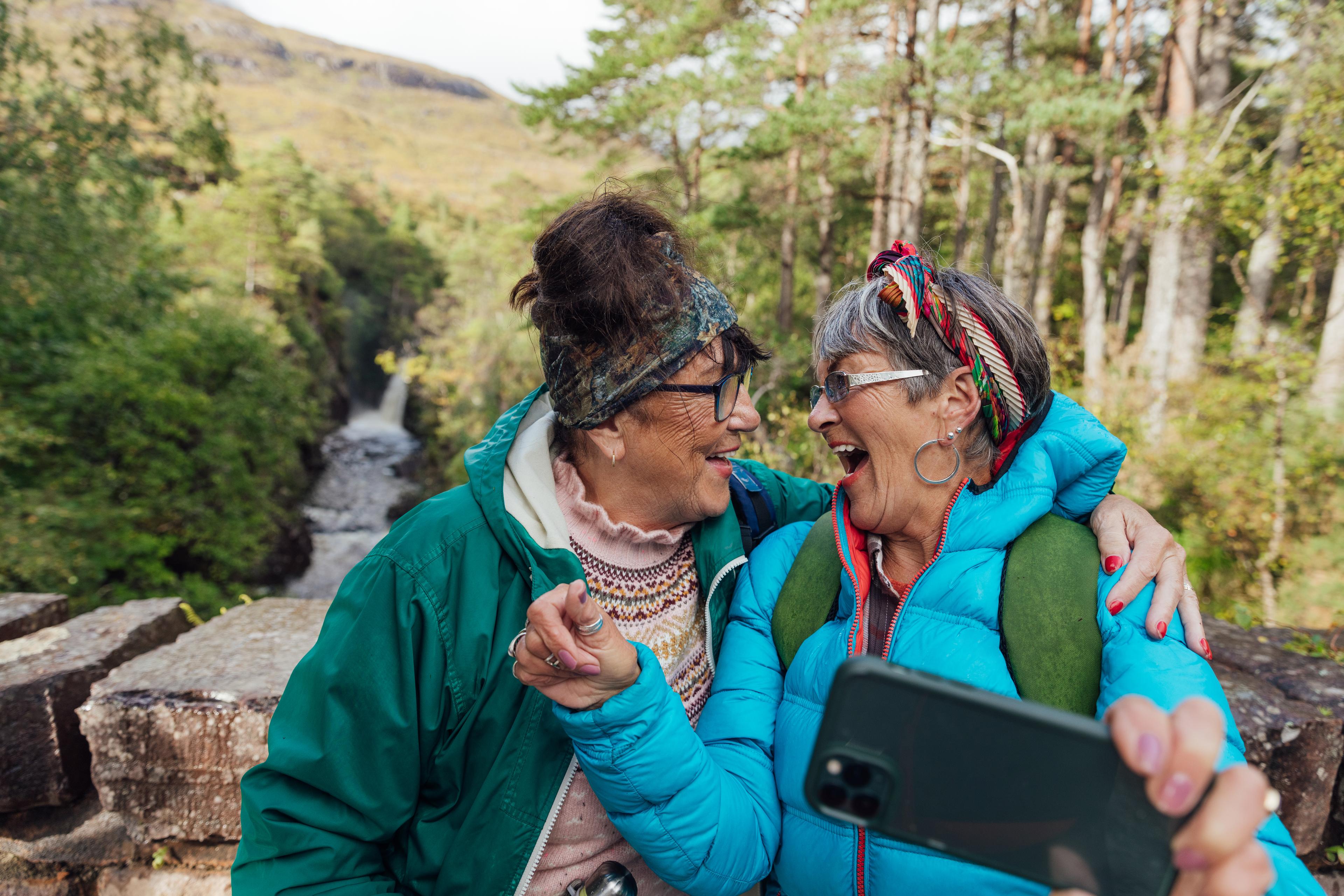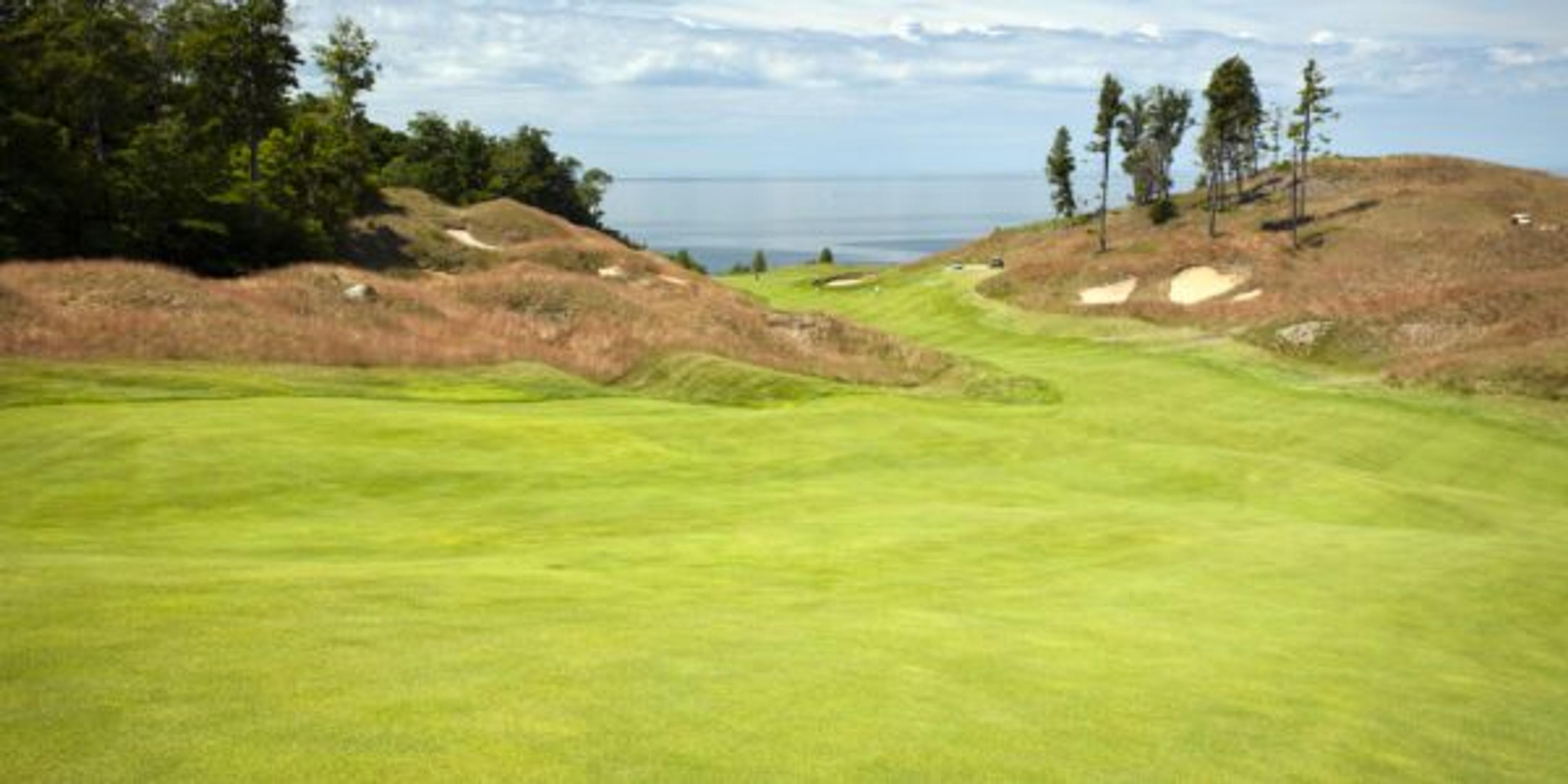What are Blue Zones?
Shandra Martinez
| 4 min read

What do sweet potatoes, spending time daily with friends, and drinking herbal teas have in common? They’re all ingredients in one of the Blue Zone lifestyles that have been cropping up in conversations for the last several years. Now with a new Netflix limited series on the Blue Zones, even more people are learning the healthy-living fundamentals of a handful of areas that are home to some of the longest-lived people on Earth. But what are Blue Zones, and how does research into them cross over into helping us make our lives healthier?
What are Blue Zones?
Blue Zones are cities or regions around the world where researchers have documented a high number of people living to be 100 or older. This research has been done not only by studying the demographics of the population using birth and death records in these communities, but also by interviewing centenarians in each of these places to learn details of their lifestyles.
The description of a Blue Zone was first coined in 2004 by two researchers who were focusing on long-lived people on the Mediterranean island of Sardinia, which is part of Italy. Fast-forward to today and there have now been five regions identified as Blue Zones, an expansion largely done through research and data collection led initially by a National Geographic team. They’ve been dubbed the places where the world’s healthiest people live.
The identified Blue Zones include:
- Nuoro Province in Sardinia, Italy
- Icaria, Greece
- Nicoya Peninsula in Costa Rica
- Okinawa Prefecture in Japan
- Loma Linda, California
All these Blue Zone areas are very different culturally. While there are some diet and lifestyle threads that are similar, no place exactly mirrors one of the others. Loma Linda, for example, has a high population of members of the Seventh-Day Adventist religion, whose members follow a largely plant-based diet that shuns caffeine and alcohol. This differs from people living in Sardinia, Italy, where red wine is on the table each day.
Researchers did find loose similarities in the Blue Zone area diets and the guidelines of the popular Mediterranean diet. These include eating lots of fruits and vegetables, whole grains, healthy fats, and meat not being at the center of most meals.
While most people can’t abruptly jet off to an Italian island or a coastal area of Japan to create a new life, there are lessons from these Blue Zone lifestyles that we can use to make our own lives healthier. Some of these include:
Try sleeping in the afternoon. Whether you call it a cat nap or a mid-afternoon siesta, don’t shy away from napping. Some elders in Blue Zone communities regularly take a short nap in the afternoons. They found it refreshes them enough to stay up late and spend time with their family and friends. One study showed a 20-minute nap can make people feel like they got an extra hour of sleep overnight.
Get involved in your community
Blue Zone researchers interviewed people about the social structures of each community and found the long-lived people were tightly plugged into circles of family as well as friends. Some were religious connections, but others involved community events or socializing daily with a group of friends. Some centenarians met people in town while running errands, and others had nightcaps with friends before bed. This feeling of belonging permeated all the Blue Zone regions.
Skip the expensive and packaged foods
Most of the foods researchers documented in the Blue Zones were plant-based meals where vegetables and herbs took center stage. Meat and fish were side dishes, when they were served at all. People in Blue Zones eat an estimated one-tenth of the amount of meat an average American will eat in a year, the author of the Blue Zone books told National Public Radio in a recent interview. Foods like tofu, vegetable soups, fresh fruits, cooked tomato sauces, sourdough bread and herbal teas are served in many areas.
Keep moving
The healthy centenarians interviewed in Blue Zones were not spending their day sitting in chairs in front of a TV. They were out walking to town, riding their bikes, or in the case of Californians, doing daily exercises and lifting weights for strength training. And lots of these movements were done in the company of friends or family. Most people lived in walkable communities, or areas where walking or biking to visit friends was the norm. If this does not describe your life, think about changes you can make to adopt this kind of healthy lifestyle.
Photo credit: Getty Images





